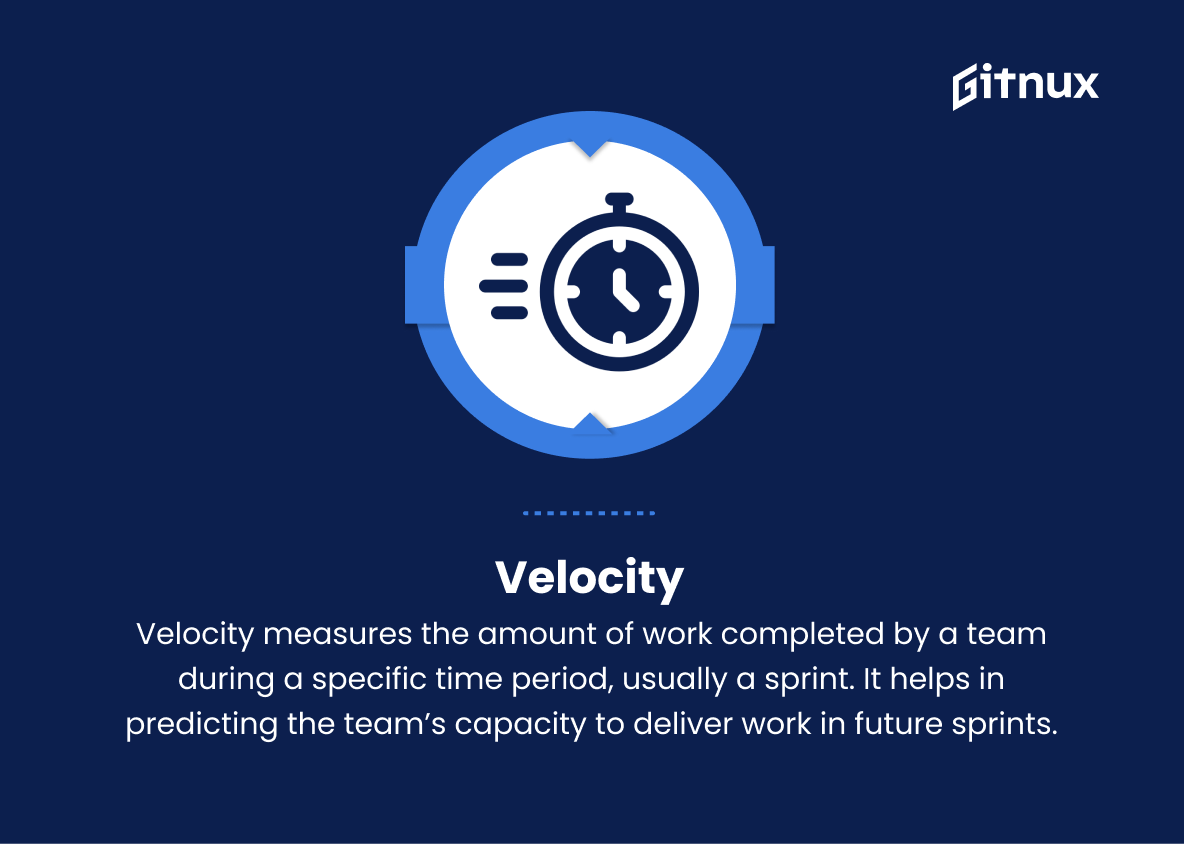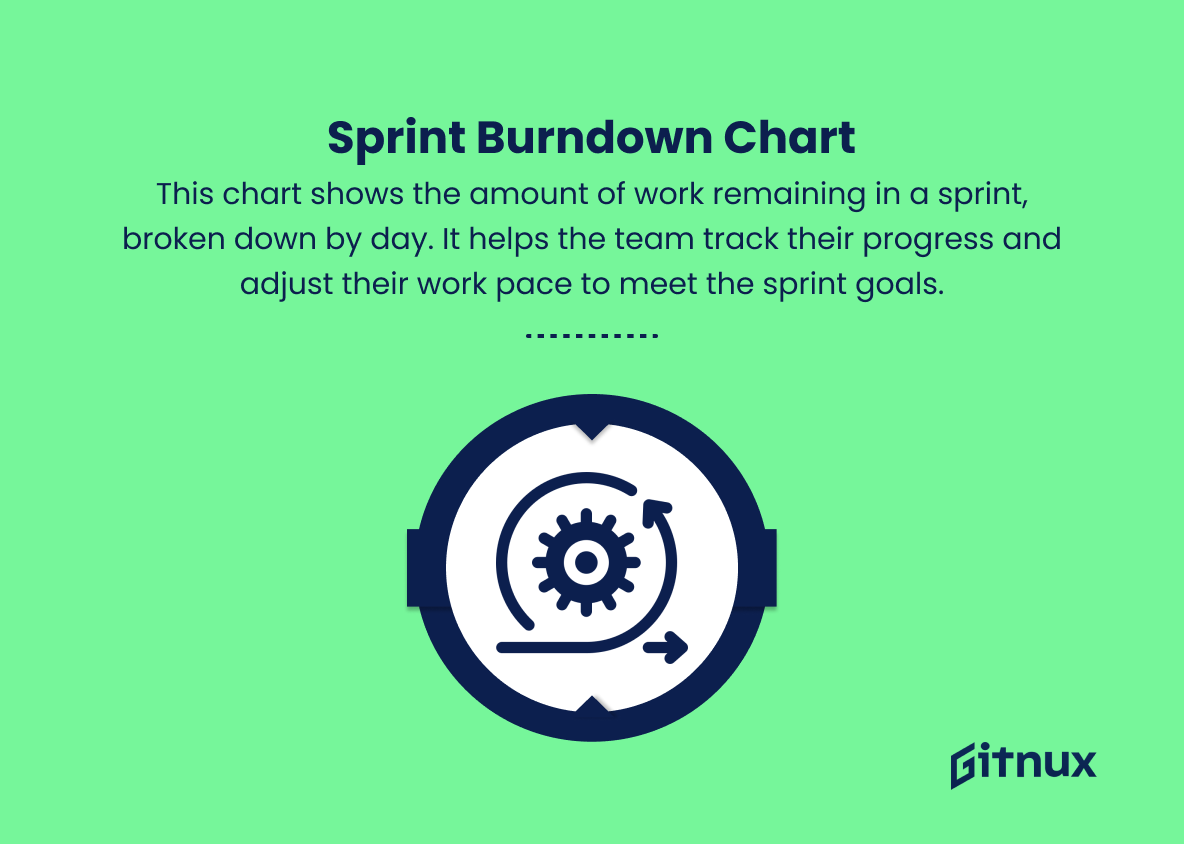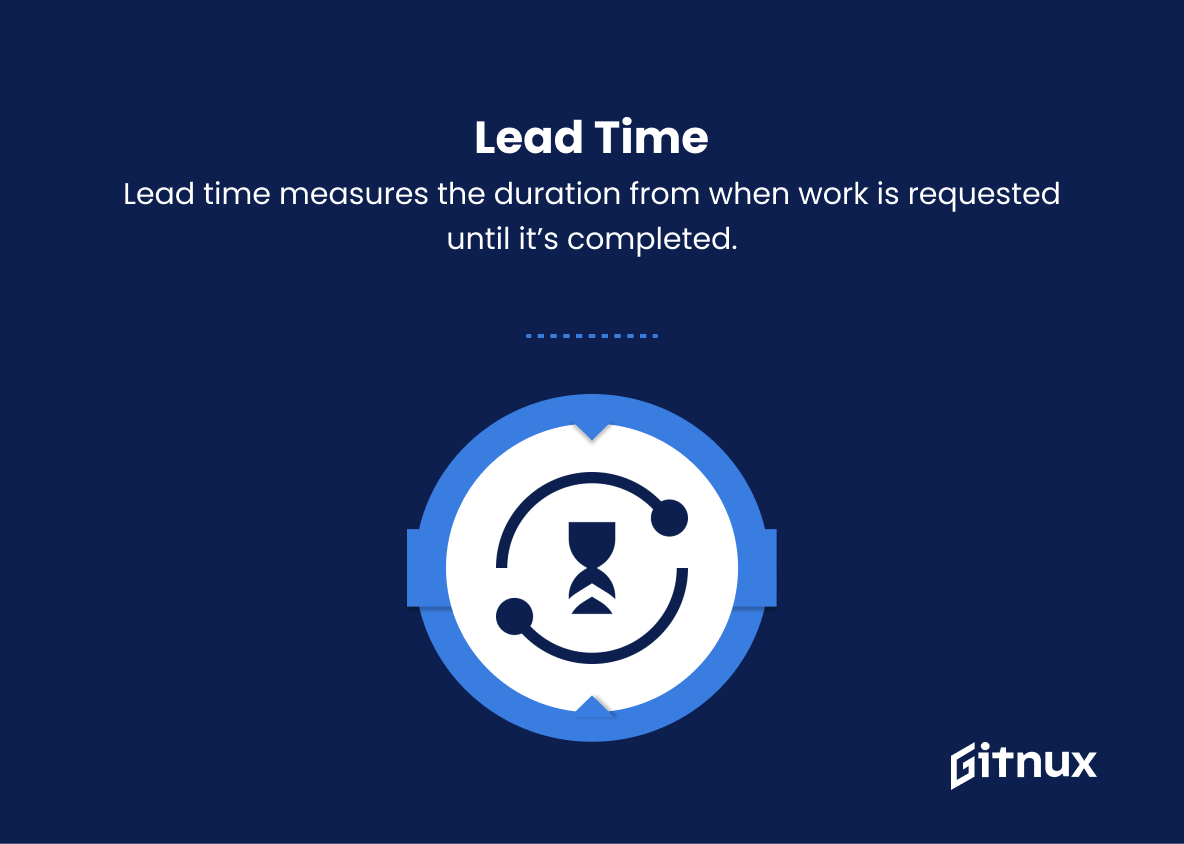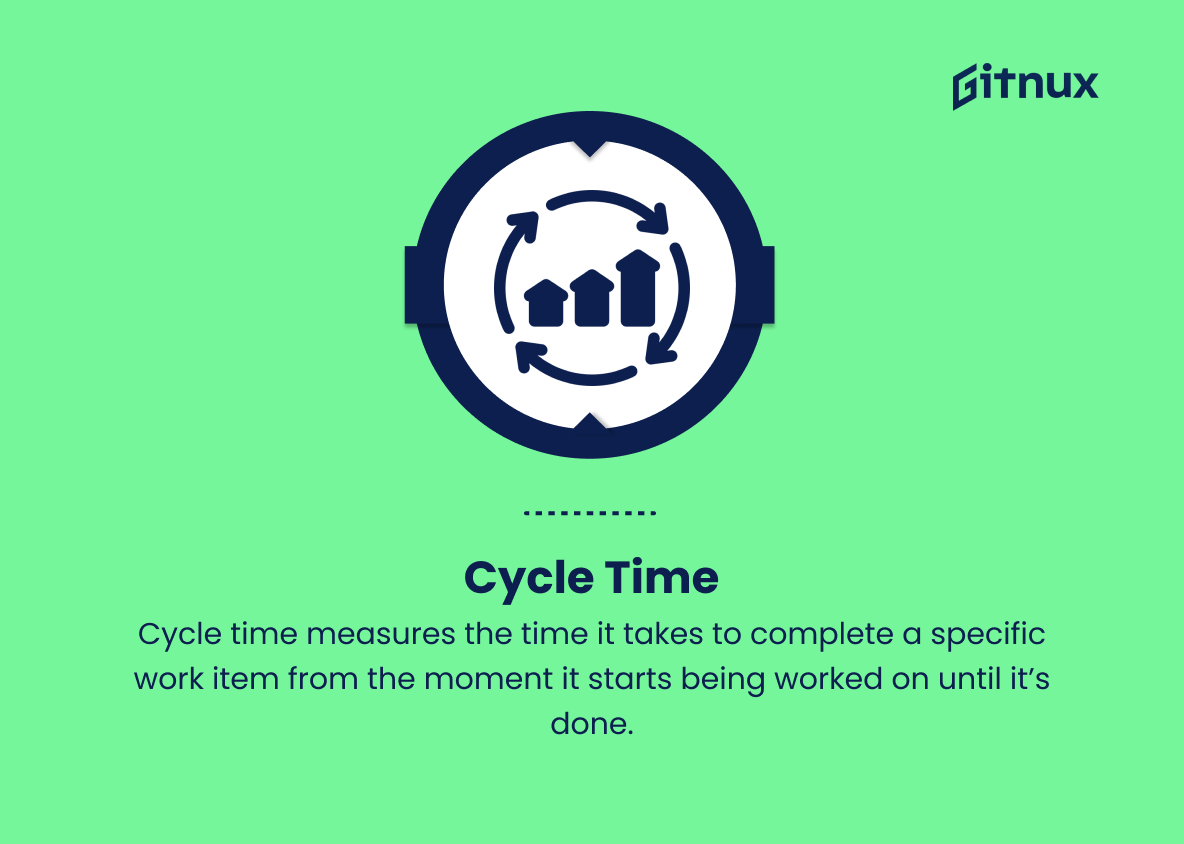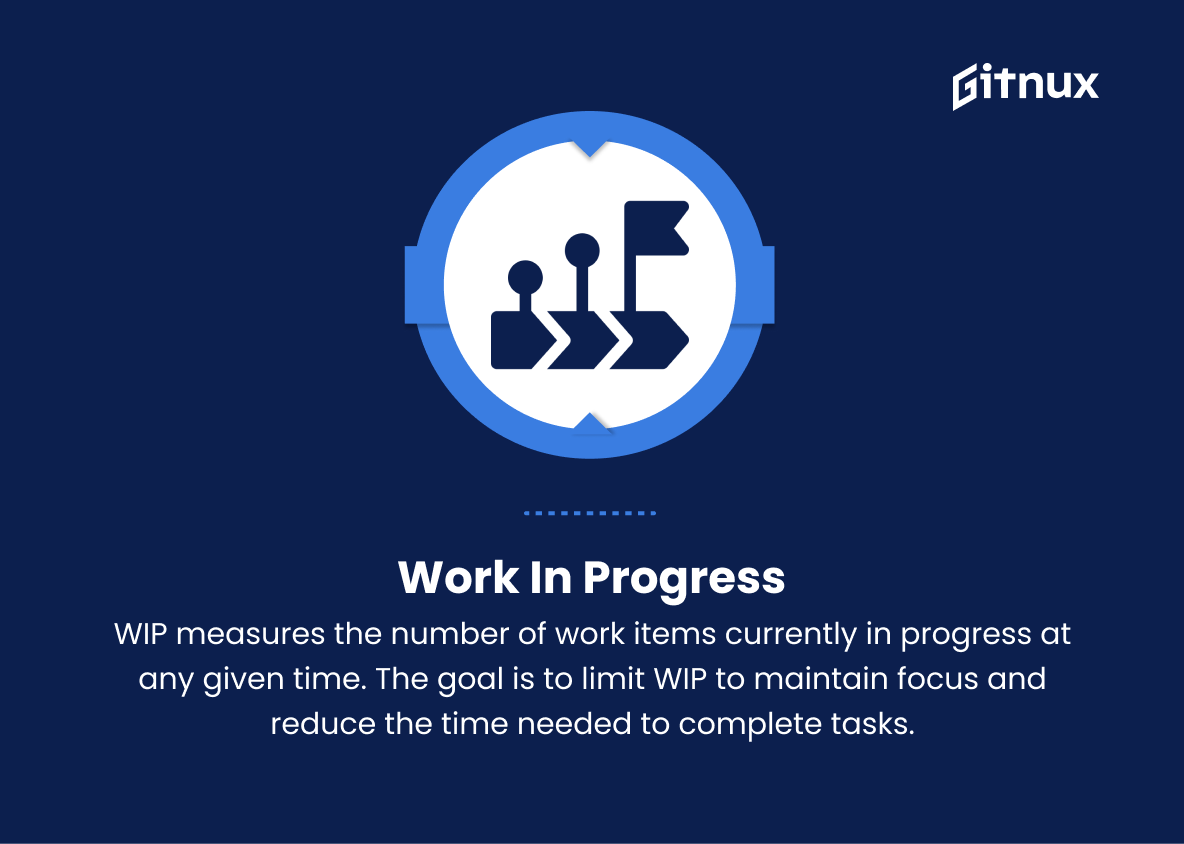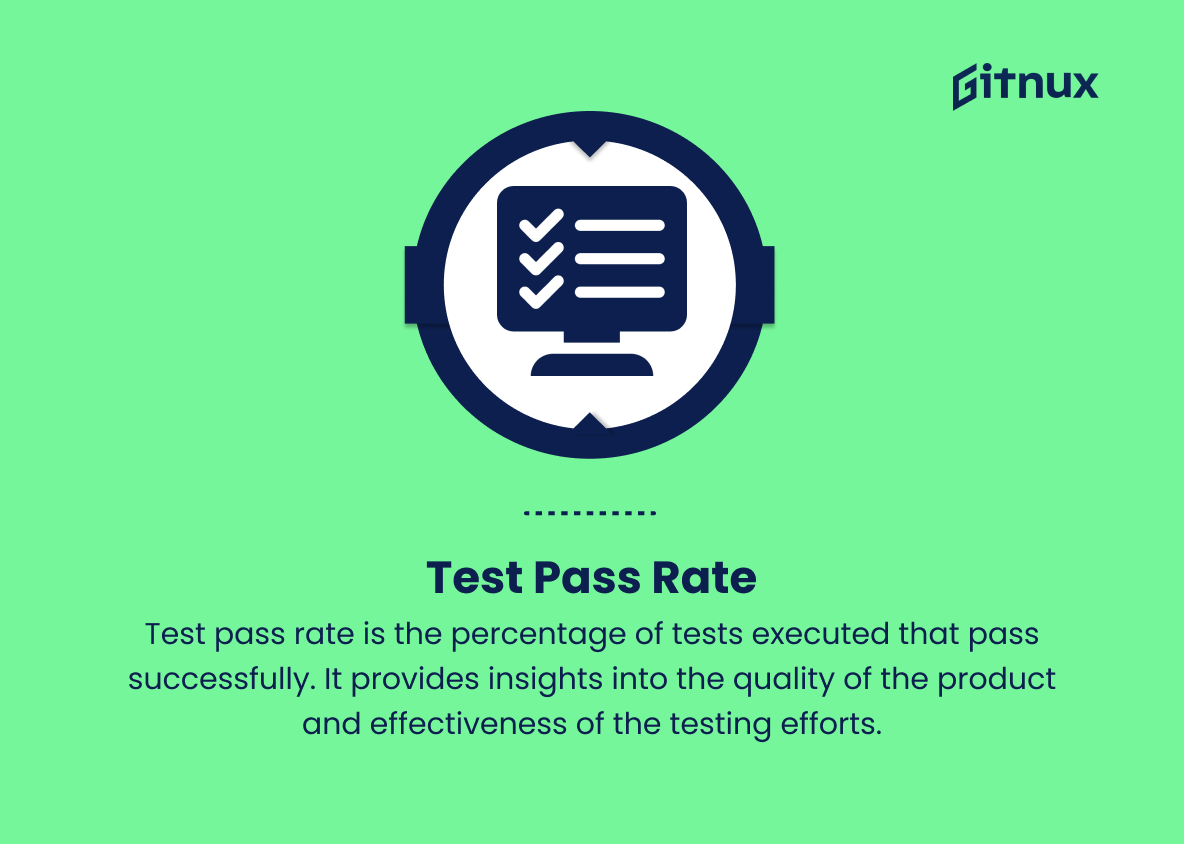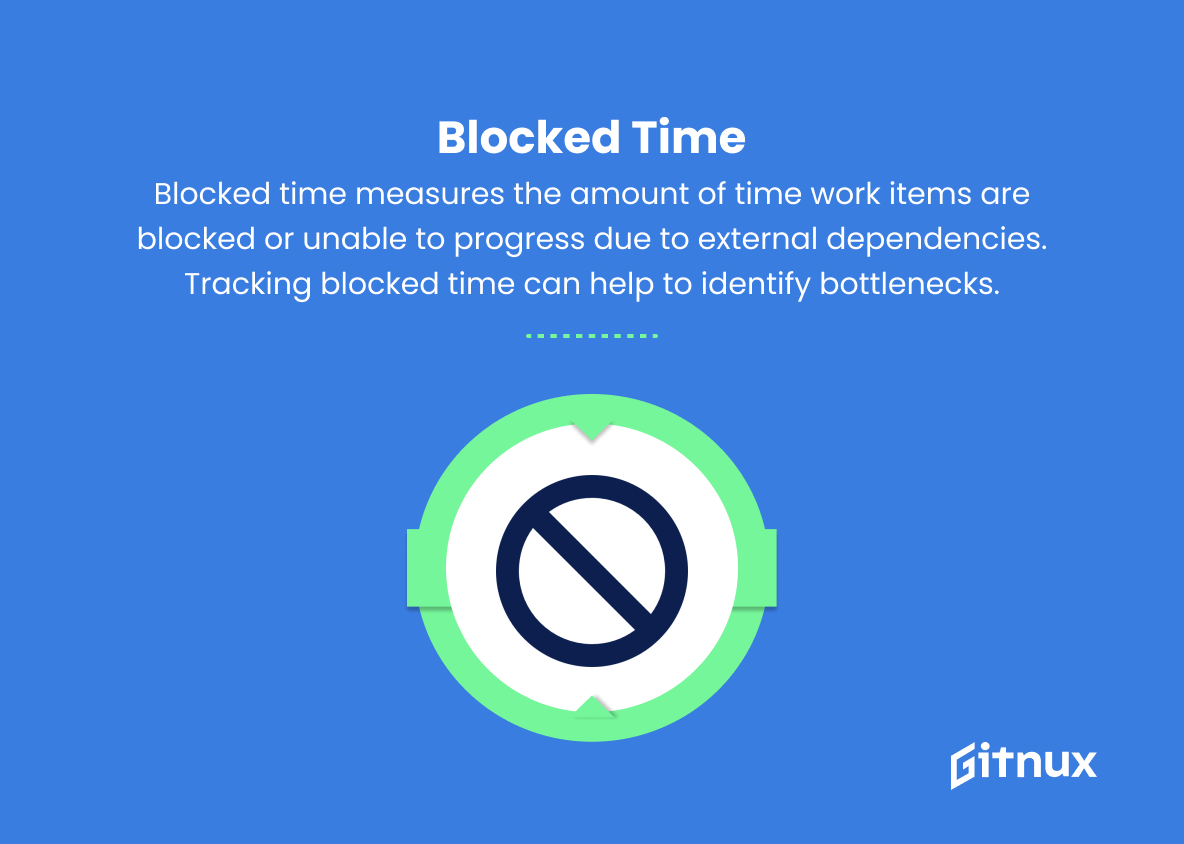In today’s fast-paced business environment, Agile Project Management has emerged as an essential approach to ensure timely and efficient delivery of products and services. As organizations turn to Agile methodologies to improve their project success rates, it is vital to establish accurate and insightful metrics to gauge the effectiveness of these practices. This blog post delves into the critical Agile Project Management metrics – from planning and productivity to quality and value – to help you optimize your team’s performance, enhance stakeholder communication, and ultimately drive better outcomes in your projects.
Join us as we explore the key indicators that will empower you to make informed decisions, continuously adapt, and foster a culture of continuous improvement in your Agile journey.
Agile Project Management Metrics You Should Know
1. Velocity
Velocity measures the amount of work completed by a team during a specific time period, usually a sprint. It helps in predicting the team’s capacity to deliver work in future sprints.
2. Sprint burndown chart
This chart shows the amount of work remaining in a sprint, broken down by day. It helps the team track their progress and adjust their work pace to meet the sprint goals.
3. Release burndown chart
This chart tracks the progress of a team towards the completion of a product release. It shows the remaining work for the release over time, allowing teams to make necessary adjustments to meet release deadlines.
4. Lead time
Lead time measures the duration from when work is requested until it’s completed. It assists in understanding the efficiency of the development process and helps identify bottlenecks.
5. Cycle time
Cycle time measures the time it takes to complete a specific work item from the moment it starts being worked on until it’s done. It aids in identifying process inefficiencies and areas for improvement.
6. Cumulative flow diagram (CFD)
A CFD is a graphical representation of work moving through various stages in the workflow. It helps to visualize the distribution of work across different stages and find bottlenecks or issues in the process.
7. Work in progress (WIP)
WIP measures the number of work items currently in progress at any given time. The goal is to limit WIP to maintain focus and reduce the time needed to complete tasks.
8. Escaped defects
Escaped defects represent the number of defects found in a product after it has been released to customers. Tracking escaped defects helps to evaluate the quality of the product and the effectiveness of the development process.
9. Defect density
Defect density measures the number of defects per unit size of the product (e.g., per 1,000 lines of code). It helps to evaluate the quality of the product and identify areas that need improvement.
10. Test coverage
Test coverage is the percentage of a software application’s code that is covered by tests. It helps to evaluate the effectiveness of testing efforts and identify areas that need additional testing.
11. Test pass rate
Test pass rate is the percentage of tests executed that pass successfully. It provides insights into the quality of the product and effectiveness of the testing efforts.
12. Blocked time
Blocked time measures the amount of time work items are blocked or unable to progress due to external dependencies. Tracking blocked time can help to identify bottlenecks and prioritize actions to unblock work.
Agile Project Management Metrics Explained
Agile Project Management Metrics are crucial for understanding and assessing the performance and effectiveness of teams and their work processes. These metrics, such as velocity, sprint burndown chart, release burndown chart, lead time, cycle time, cumulative flow diagram, work in progress, escaped defects, defect density, test coverage, test pass rate, and blocked time, provide valuable insights into the team’s capacity to deliver work, progress towards goals, efficiency of the development process, areas that need improvement, and the quality of the product.
By monitoring and analyzing these metrics, project managers and teams can make informed decisions, identify bottlenecks, prioritize actions, and continuously enhance their development process to deliver better products, meet deadlines, and ultimately, satisfy their customers’ needs.
Conclusion
In conclusion, Agile Project Management Metrics serve as crucial indicators of a project’s health, performance, and overall success. By accurately measuring, analyzing, and interpreting these metrics, teams can optimize their approach, improve decision-making, and achieve higher levels of efficiency and productivity. As Agile methodologies continue to gain momentum in the modern business landscape, it is essential for project managers and team members to not only understand but also actively leverage these metrics to ensure project goals are not only met but exceeded.
A commitment to continuous improvement and data-driven insights will ultimately drive organizations toward long-term growth and sustainability in their Agile project management practices.
